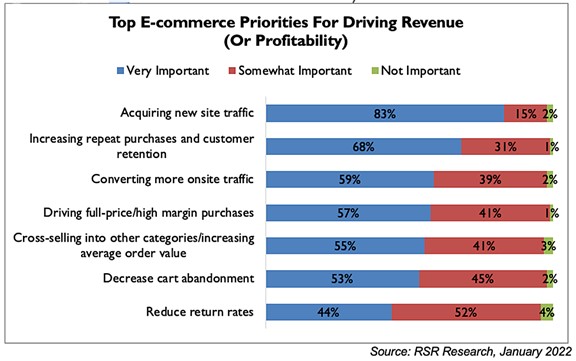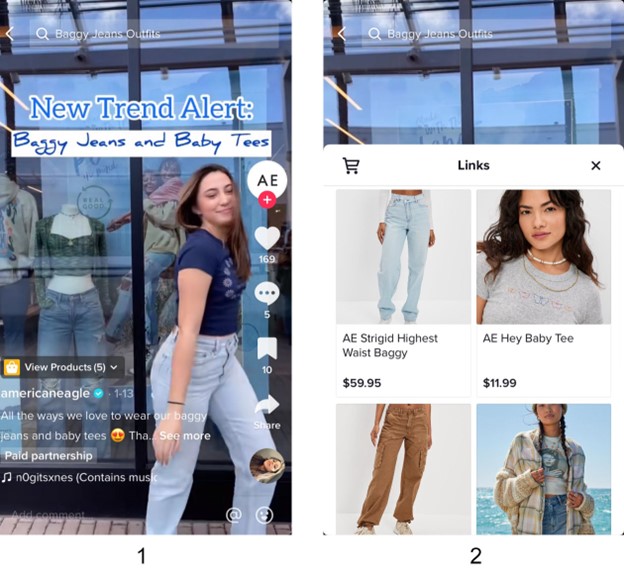What’s In A Word? ‘Re-Shopping’
We all know what “shopping” is – after all, humans have been doing it since about 7000 BCE. But have you heard the term “re-shopping”? Anyone who has used social media as the starting point to a shopping journey has likely engaged in that activity, even without ever having heard the term. Simply put, it’s what happens when a social media site sends you to an Ecommerce homepage (instead of the product detail page for the item you were looking at) so that you can buy something you liked on a social media post.
To give credit where credit is due, I first heard the term “re-shopping” from UK-based Ecommerce entrepreneur Charles Nicholls, the chief strategy officer for SimplicityDX. It neatly encapsulates one of the biggest customer experience challenges that retailers have today, and that is that Ecommerce websites increasingly fall prey to the same problem that the RSR team has written about for years, re. the store experience. And that is that the there’s a presumption that everything that happens in a consumer’s shopping journey (discovery, selection, payment) happens within the “frame” that the retailer has made available (the store or the website). But in fact, shoppers jump from frame to frame all the time (for example, social => Ecomm site => store).
To the extent that consumers are increasingly discovering, “liking”, and selecting products on social media (particularly Instagram or TikTok), forcing a fan to go through the selection process all over again on the Ecommerce site is “re-shopping”.
RSR’s January 2022 Ecommerce benchmark report[1] noted that “the moment a retailer acquires a potential shopper, recognition of that shopper’s intent is critically important.” What is so compelling about acquiring customers in social channels is that shopper intent (or context) is established right up front – it’s intrinsic to the whole social experience! To bounce a fan from a highly engaging process on a social sight to the Ecommerce homepage and is counter-productive and also encourages shoppers to abandon the journey.
Redirecting customers to the homepage causes the shopper to have to go through the product selection process again in order to buy something. So why would a retailer do that? The reason might simply be because of a perception that customer acquisition is the biggest problem that to be addressed. In fact, the January 2022 benchmark revealed exactly that (chart).
Chart: Customer Acquisition Is Only The Start

While there’s no doubt that customer acquisition is a huge problem (the same study revealed that most consumers don’t start their shopping journeys on a retailer’s homepage), the other problem is converting interest into a sale. “Re-shopping” works against that desired objective.
Here’s what it looks like when it’s done the right way:

In this case, American Eagle has posted a video on TikTok of shoppers modelling their purchases. When the viewer sees something she likes, she can click on “View Products” (pic #1) – and voila! She is taken to a product detail page (pic #2) that enables a purchase.
So, what’s in a word? “Re-shopping” is a good term for a bad thing: loss of context, disgruntled would-be shoppers, and a resulting lower conversion rate. The lesson is clear: don’t make your social media fans re-shop.
[1] Winning At Customer Acquisition In The Digital Shopping Age, RSR Benchmark Report, January 2022
